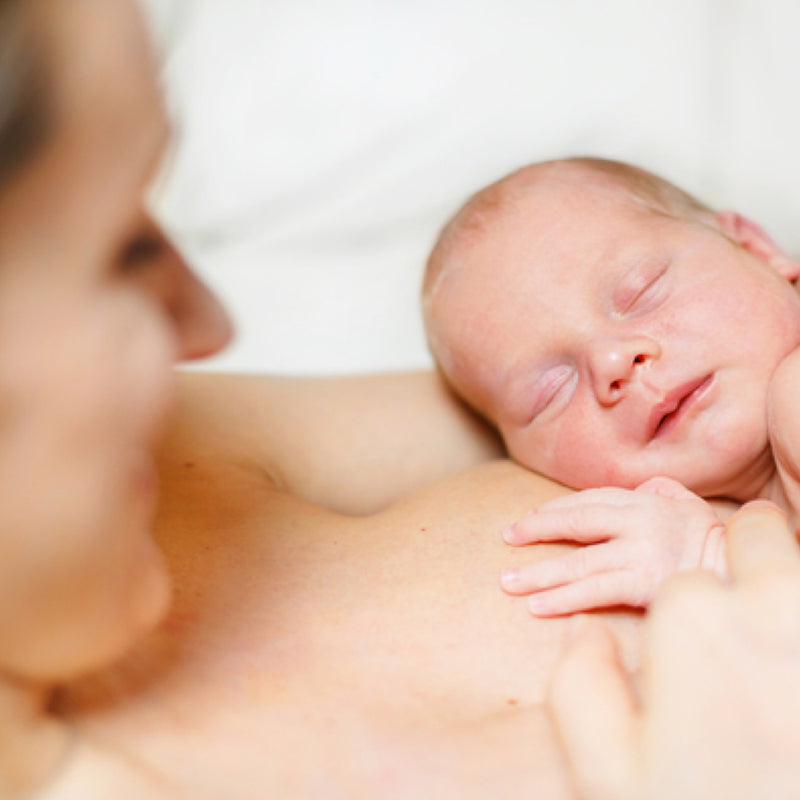During labour, the muscles of the uterus contract and shorten, thereby opening and pulling up your cervix into the lower part of the uterus. This action pushes the baby further down in to your pelvis. At the same time baby’s head is pushing on your cervix and together these complex actions work to facilitate dilatation (the widening of the cervix) and the birth of your baby.
There are Three Stages of Labour
The first stage is divided into three phases. The first phase is the early or latent phase of labour. It’s also commonly described as pre-labour. During this phase your cervix begins to soften, move forward and efface (thin out).
Next is the active phase – when your cervix is dilating. Your contractions become more intense, more frequent and last longer.
The final phase in the first stage of labour is transition. At this point your cervix dilates from 8-10 centimetres and your contractions are generally coming every 2-3 minutes and are lasting 60-90 seconds.
The second stage of labour is the pushing phase and birth of your baby. You are now dilated to 10 centimetres. This is the stage of labour where you push your baby down the birth canal and you meet at last! This phase is really hard work and can take up to several hours.
The third stage of labour is the birth of the placenta. This stage can take 5-15 minutes and occasionally longer.
Our Products
-

01. Guide to a Healthy Pregnancy
$55 -
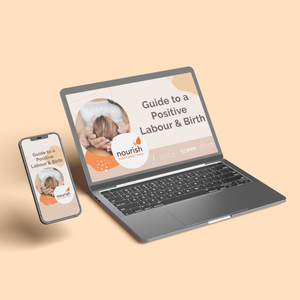
02. Positive Birthing Course
$55 -
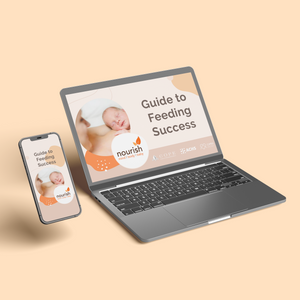
03. Infant Feeding Guide
$55 -
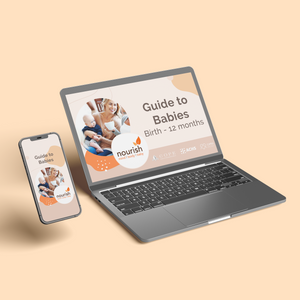
04. Baby Sleep Guide - First 12 Months
$55 -
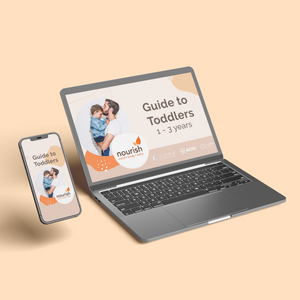
05. Toddler Parenting Course 1 - 3 Years
$55
-
 When to Start Antenatal Classes?
When to Start Antenatal Classes?
Becoming a parent is an incredible milestone, but it comes with a host of changes that can be daunting, especially for first time parents. Antenatal classes are all about offering expectant parents the education they need to make informed decisions, look after their bodies and care for their newborn babies. While you probably already have a long list of things you need to accomplish during your pregnancy, it’s a good idea to make time to attend antenatal classes.
-
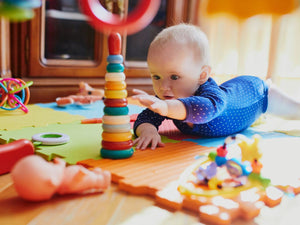 Development Milestones 4-8 Months
Development Milestones 4-8 Months
As they reach the middle of their first year, you'll start to see bigger leaps in their growth and ability!
In this article, we’re going to discuss your baby’s developmental milestones between 4-8 months, and what you can expect along the way.





 When to Start Antenatal Classes?
When to Start Antenatal Classes?
 Development Milestones 4-8 Months
Development Milestones 4-8 Months



